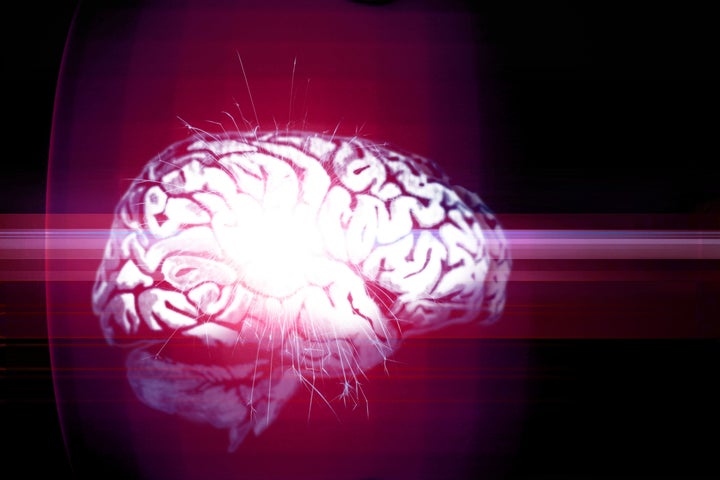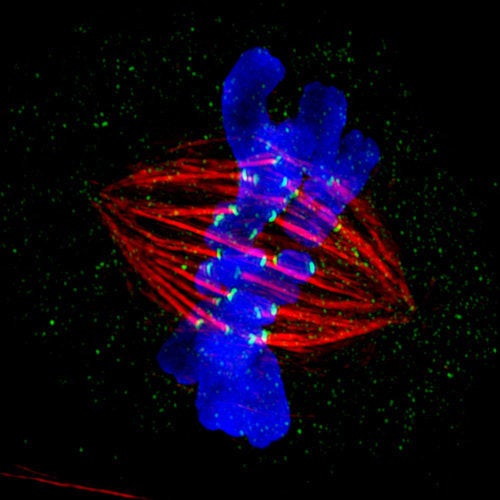
Stanford researchers have turned a dreary gray brain into an object as transparent as apricot Jell-O -- an approach that will reveal new secrets into the most mysterious of organs.
The process, called CLARITY, transforms the brain's tissue -- replacing opaque fat with a clear gel -- and creates a limpid organ with all of its essential circuitry intact and in place.
"Brain tissue is very dense," said researcher Kwanghun Chung. "We have developed a technique that makes tissue transparent...so we can visualize the architecture, necessary to understand the function of the complex organ."
The technique ushers in a new era of whole-organ imaging, offering hope for improving the study of such devastating neurological disorders such as autism, schizophrenia, Alzheimer's disease and Parkinson's disease.
It was conceived by a team led by bioengineer and psychiatrist Dr. Karl Deisseroth, one of the 15 experts on the "dream team" that will map out the goals for the $100 million brain research inititive announced April 2 by President Obama.
"This feat of chemical engineering promises to transform the way we study the brain's anatomy and how disease changes it," according to a prepared statement by Dr. Thomas Insel, director of the National Institute of Mental Health.
"No longer will the in-depth study of our most important three-dimensional organ be constrained by two-dimensional methods," he said.
The technique, described in the April 11 online issue of the journal Nature, was successful in showing the neural structures in a piece of the brain of an autistic seven-year-old boy.
It also offered a glimpse inside the brain of a zebrafish, as well as a fingernail-sized rat brain.
The brain is a natural wonder that boggles the scientific mind. There are more neurons encased within a single human skull than there are stars flung across the universe. And it is complex; projecting from each neuron is a cable called an axon, which splits and branches like the canopy of a vast tree.
But it is brain is too dense to see inside, due to fatty molecules called lipids. Lipids are important because they help form cell membranes and give the brain much of its structure. But they are also a nuisance, because they are impermeable both to chemicals and light.
When they're removed, the lumpy brain falls apart.
So brain research usually requires slicing or sectioning the organ -- a frustrating approach that is like trying to learn a computer language from a pile of electronic parts like floppy disks, CPUs and CD-ROM drives.
"Slicing and imaging individual sections, then reconstructing them, is very laborious and time-consuming, " said Chung.
"It hasn't allowed us to see the entire structure and connectivity," he said.
The Stanford team came up with a complete different approach: immerse the brain in a liquid "hydrogel." Heat it slightly, so the gel congeals into a supportive mesh. Then extract the gray and yellow fats.
What remains is a three-dimensional brain with all of its important structures -- neurons, axons, dendrites, synapse, proteins, nucleic acids and so forth -- clearly visible.
"It looks like JELL-O," said Chung.
"We want to find out the differences -- in terms of brain wiring or molecular structures -- between a normal and diseased brain."
The team took another big and startling step: They added an internal glow.
Using fluorescent antibodies that seek out and attach themselves to specific proteins, the team got certain brain structures to light up, when illuminated.
This will help researchers trace neural circuits through the brain and explore the brain's wiring.
This approach can be used even in tissues that have been preserved for many years, they said.
Will the technique reveal the hiding place of love, or hope, or despair, or wisdom?
It's not yet known what these now-visible connections mean for emotion or behavior. But they show where to look.
"Studying intact systems with this sort of molecular resolution and global scope --to be able to see the fine detail and the big pictures at the same time -- has been a major unmet goal in biology," said Deisseroth, in a written statement, "and it's a goal that CLARITY begins to address."
Contact Lisa M. Krieger at 650-492-4098. ___
(c)2013 the San Jose Mercury News (San Jose, Calif.)
Visit the San Jose Mercury News (San Jose, Calif.) at www.mercurynews.com
Distributed by MCT Information Services
